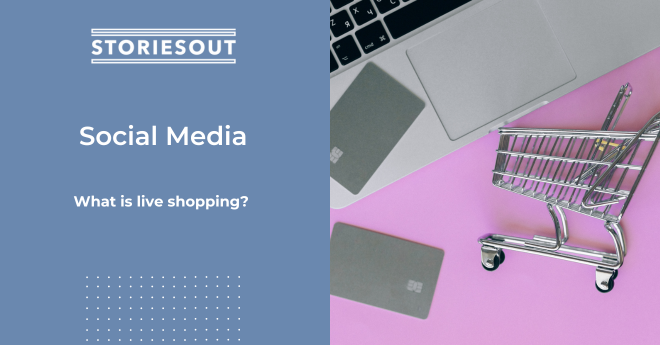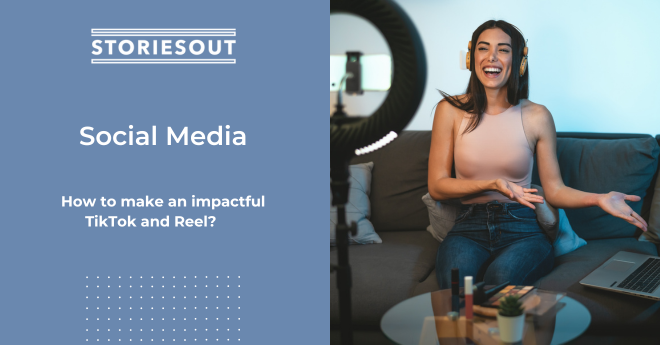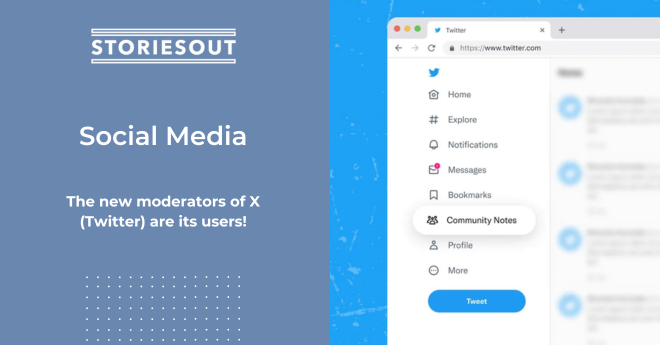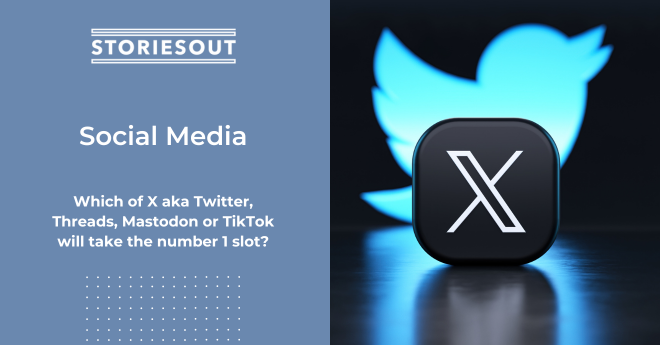No more going to the store to learn more and test a product, now everything happens live. Live shopping uses qualified salespeople or influencers to promote, demonstrate and sell the product. All this takes place on social networks or directly on marketplaces.
Live shopping is quite simply the Shopping Channel 2.0!
China is more than just a test zone:
The Live Shopping market in China:
It was in China that this sales technique first appeared, and today it’s the expert. The Chinese livestream market is expected to reach just under 2.4 trillion yuan in 2021 (330 billion USD), almost doubling its size in 2020. 65% of Chinese consumers claim to have made at least one purchase via a live shopping service.
China has developed a formidable method: the conversion rate is between 15 and 35%, almost 15 times higher than that of “classic” e-commerce, which is between 0.5 and 3%. Sales are rising steadily, with growth approaching 100% or more every year since 2017.
Chinese social networks:
It’s difficult, if not impossible, for Western applications to set up shop in this country, because of the laws governing server hosting in different countries. China has therefore developed its own ecosystem of social networks, and they are far from small.
The number 1 is WeChat, a messaging application that now lets you book a table in a restaurant, talk to anybody in the world who also uses the application, use it as a mobile payment solution… it boasts over 1.3 billion monthly users.
The strength of Chinese social networks lies in the integration of an e-commerce dimension: users share their content with the possibility of integrating a link to buy the product directly from the platform. Kuaishou is a social network particularly well known for its live streaming in China, and is even considered a rival to TikTok. Or Xiaohongshu (Little Red Box), which also has an e-commerce strategy. During a single live stream on this platform, Chinese actress Dong Jie generated over $4.3 million in sales.
What accounts for these results?
90% of consumers think it’s important to have a video explaining a product before they buy it. This sentiment is even more pronounced among Generation Z, who are constantly on the lookout for authenticity and trust, so what could be better than a livestream? Cheating isn’t impossible, but it’s still very complicated. What’s more, by using influencers, the brand benefits from their image.
The audience benefits from a person dedicated to presenting a product live, with the influencer/salesperson giving his or her “opinion” and answering any questions via chat, how can you not have confidence?
All this combined with a shopping interface designed to be as intuitive and fluid as possible, and thus to encourage compulsive buying.
What’s more, this advertising isn’t pushed, i.e. it’s not imposed on the viewer; it’s the viewer who comes to the stream and asks to learn more about the product (pull). As a result, the number of people targeting your product will be lower than if you were to run a push campaign on social networks, but you’ll have a better-quality audience, which means a higher conversion rate.
Live shopping: influencer or qualified salesperson?
Should we use celebrities or an expert to sell a product during a live session?
If we like them, we’ll tend to believe them more easily, and indirectly to appreciate the product if the influencer approves of it. He has our trust, but compared to the salesperson, he has fewer arguments.
The qualified salesperson has an additional weapon: knowledge, which gives them an argument of authority. They’ve studied, they work in the field, they’re recognized as an expert and know the finer points. If they recommend this product to me, it’s bound to be the one I choose.
If you go through an influencer, you’ll reach a wider audience, but they’ll have fewer arguments and may not be able to answer all the questions. In short, the more technical and complex your product, the more you need to turn to an expert.
France reluctant to live shop?
In 2022, only 3% of the French population had already purchased via live shopping. Even if 28% of French people say they are inclined to buy via live shopping, this is a far cry from China’s 62%.
These figures are low for several reasons:
- China has 10 years’ experience in this field, so they’ve had time to experiment, learn from their mistakes and gain the trust of the general public.
- French brands such as La Redoute, Camaïeu, Fnac and Decathlon have recently begun to develop a live shopping strategy.
- A public with little knowledge of the sector?
24% of French people have heard of live shopping, but if we take this a step further and consider gaming, we could increase this figure. When video games are released, many publishers use influencers to promote their games live. The influencer demonstrates the product live, gives their opinion and responds to the chat, but then what’s missing? Quite simply, the purchase interface. Western stream platforms don’t allow direct purchase.
However, Antoine Olive, a live Shopping expert, remains optimistic about this method in France: “We’re not failing at audiences in France. On the contrary. We’re seeing an average audience of 500, with peaks of 1,000. Some particularly unifying brands will be able to reach audiences of 2,000, 3,000, 4,000 or even 8,000 for the most popular.
*Source : https://business.ladn.eu/experts-metiers/commercial/live-shopping-influenceurs-retail-spockee/
Where to find liveshoppers in the West?
ByteDance’s Chinese application TikTok had planned to develop this strategy in Europe and the United States, but the company backed down in Europe following the failure of its test phase in the UK last year. And in the United States, where the political context is tense with regard to the use and storage of the application’s personal data.
It’s becoming increasingly difficult for liveshoppers to find platforms on which to perform. Meta discontinued its Live Shopping service in October 2022, and now it’s Instagram’s turn to stop the service in early 2023. This service allowed sellers / influencers to put a link on the product during their lives, this feature remains available only for photos during advertising.
So brands decided to do it directly from their website, obviously not continuously but at certain times that vary according to the brand and therefore their target! La Redoute, Micromania and IKKS are among the pioneers of Live Shopping in France.
Despite its difficult beginnings and failures in Europe, we’re keeping an eye on Live Shopping and Chinese social networks. Consulting firm Mckinsey estimates that this sales method will account for between 10% and 20% of all e-commerce worldwide by 2026.




